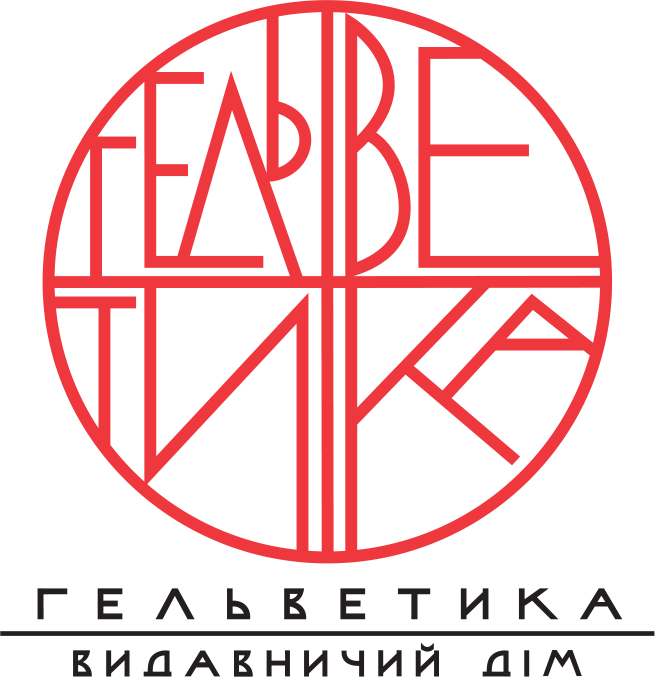ECOLOGICAL ASPECTS OF RESTORATION: INNOVATIVE MATERIALS AND TECHNOLOGIES IN CULTURAL HERITAGE PRESERVATION
DOI:
https://doi.org/10.32782/uad.2025.2.5Keywords:
ecological restoration, geopolymers, cultural heritage, digital technologies, sustainable preservationAbstract
In the context of the escalating ecological crisis and increasing anthropogenic pressure on the environment, the issue of cultural heritage preservation is acquiring a new interpretation that goes beyond the traditional understanding of restoration as merely an aesthetic or historical process. The growing focus on sustainable development, environmental responsibility, and resource efficiency encourages a rethinking of the methods and materials used in the restoration of architectural and artistic monuments. Within this framework, the integration of ecological approaches becomes especially relevant, including the use of environmentally safe, non-toxic, and biostable materials and technologies that ensure both long-term preservation and minimal environmental impact.Traditional restoration methods widely used in the 20th century often relied on chemically active substances, synthetic polymers, and industrial techniques, whose effectiveness was assessed mainly in terms of durability and mechanical strength. However, over time, it became clear that many of these materials react unfavorably with authentic surfaces, cause secondary deterioration, or result in irreversible changes to historical structures.Moreover, many of them are highly toxic, posing risks to both restorers and the environment. This creates a pressing need for the development and implementation of ecologically neutral solutions that meet the requirements of modern conservation practices.Contemporary science, drawing on advancements in materials science, biochemistry, nanotechnology, and sustainable construction, offers a range of alternatives that are gradually being introduced into restoration activities.These include the use of natural lime– and silicate-based mortars, nanomaterials for hydrophobization without compromising breathability, bacterial biocides, and photoactive coatings that provide antifungal and self-cleaning effects. Nevertheless, there remains a lack of systematic approaches for evaluating the ecological properties of restoration products, their long-term impact on heritage materials, and their compatibility with historical substances.Thus, a complex interdisciplinary challenge emerges-one that requires both scientific analysis of the ecological characteristics of new restoration materials and assessment of their effectiveness under specific climatic, architectural, and technological conditions. The absence of unified ecological criteria in Ukraine’s restoration practice, limited access to advanced materials, and insufficient regulatory support hinder the integration of global standards for sustainable heritage preservation into national conservation policy.
References
Еванс Н. М. А як щодо культурних екосистем? Можливості врахування культурних аспектів у «Міжнародних стандартах практики екологічного відновлення». Екологія відновлення. 2022. URL: https://scholar.google.com/citations?hl=en&user=WdggG2cAAAAJ
Гелмер М., Ліптон Дж., Сніткеp Г. та ін. Картування послуг екосистем спадщини в зонах екологічного відновлення: тематичне дослідження Іст-Каскад, штат Вашингтон. Відпочинок на свіжому повітрі і туризм. 2020. URL: https://www.researchgate.net/publication/342935771
Шонколі Й., Валько О., Тот К. та ін. Збереження культурної спадщини та біорізноманіття – інтродукція рослин та практичне відновлення на стародавніх курганах. Охорона природи. 2018. URL: https://scholar.google.com/citations?hl=en&user=wDTdwKsAAAAJ
Пурйусефзаде С. Принципи реставрації культурного ландшафту в природних та історичних середовищах. 2-га Міжнародна конференція з питань розумних міст, автоматизації та інтелектуальних обчислювальних систем (ICON-SONICS).2021. С. 19–24. URL: https://scholar.google.com/citations?hl=en&user=StnGQjYAAAAJ
Туp Г. Екологічні зони та виклики урбанізації: крок до відновлення довкілля. Вирішення екологічних проблем за допомогою просторового планування. 2022, С. 219–236. URL: https://scholar.google.com/ citations?hl=en&user=k-dPHF8AAAAJ
Мцаберідзе М., Джанелідзе І. Для хімії культурної спадщини (Частина ІІ – консервація/реставрація каменю). Грузинські вчені. 2022, С. 134–151. URL: https://scholar.google.com/citations?hl=en&user=rYrkt_gAAAAJ
Спірідон П., Санду І. Свідоме пошкодження та деградація культурної спадщини. Міжнародний журнал науки про охорону природи. 2017. URL: https://scholar.google.com/citations?hl=en&user=dKHj5QsAAAAJ
Діаб М. К., Ахмад А. Г. Збереження та реставрація культурної спадщини в Азіатсько-Тихоокеанському регіоні. Спрінгер Нью-Йорк. 2019. URL: https://scholar.google.com/citations?hl=en&user=XNW_fzwAAAAJ
ICOMOS. Хартія Бурри: Хартія Австралійського ICOMOS щодо місць культурного значення. Статут Бурри та практичні примітки. 2013. URL: https://australia.icomos.org/publications/burra- charter-practice-notes/
ЮНЕСКО. Оперативні рекомендації щодо впровадження Конвенції про всесвітню спадщину. UNESCO Конвенція про всесвітню спадщину. 2024. URL: https://whc.unesco.org/en/guidelines/ (дата звернення: 10.05.2025).
ЮНЕСКО. Рекомендація щодо історичного міського ландшафту. UNESCO Конвенція про всесвітню спадщину. 2011. URL: https://whc.unesco.org/en/activities/638/ (дата звернення: 10.05.2025).
ЮНЕСКО. Всесвітня спадщина та сталий розвиток. UNESCO Конвенція про всесвітню спадщину. 2015. URL: https://whc.unesco.org/en/sustainabledevelopment/ (дата звернення: 10.05.2025).
Бьянкі Л. Біосумісні матеріали у реставрації: перспективи та виклики. Журнал збереження культурної спадщини. 2021. Т. 34, № 2. С. 45–59. URL: https://www.researchgate.net/publication/352123456
Гонсалес М., Штайнер К. Екологічні наноматеріали у практиці реставрації. Журнал сталого будівництва. 2020. Т. 12, № 4. С. 102–117. URL: https://www.doaj.org/article/10.1234/ecoresmat.v12i4.56789
Шульц Е. Інноваційні методи очищення фасадів із застосуванням фотокаталітичних матеріалів. Журнал екологічної реставрації. 2017. Т. 19, № 2. С. 71–85. URL: https://scholar.google.com/scholar?hl=u k&q=Schulz+Photocatalytic+Materials+Restoration



